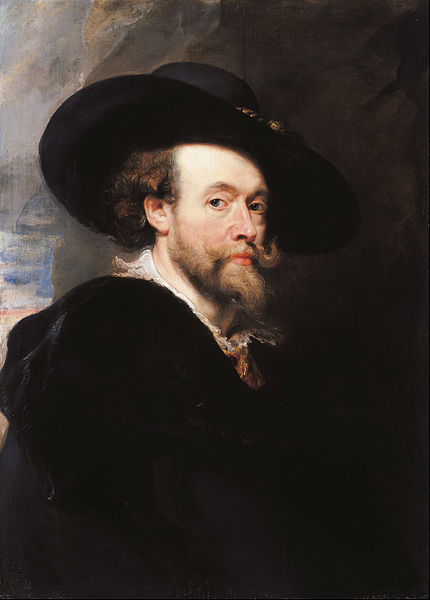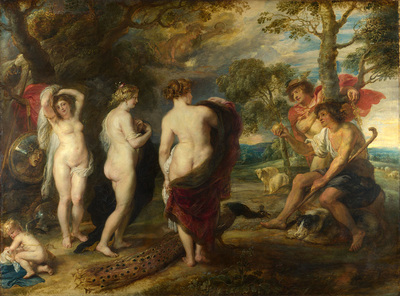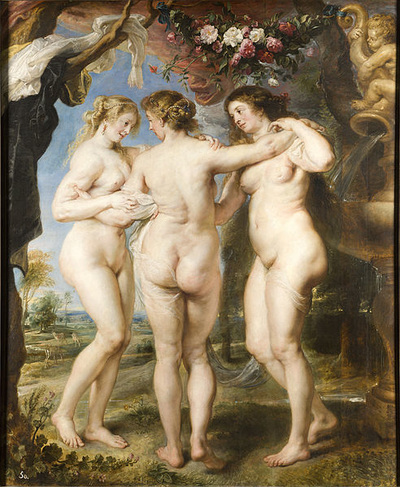Peter Paul Rubens (1577–1640)
Greek Mythology and Peter Paul RubensBorn: 28 June 1577; Siegen, Germany
Died: 30 May 1640; Antwerp, Belgium Nationality: Flemish Art Movement: Baroque Painting School: Flemish School, Antwerp School Wikipedia - Sir Peter Paul Rubens (/ˈruːbənz/;[1] Dutch: [ˈrybə(n)s]; 28 June 1577 – 30 May 1640) was a Flemish Baroque painter. A proponent of an extravagant Baroque style that emphasized movement, colour, and sensuality, Rubens is well known for his Counter-Reformation altarpieces, portraits, landscapes, and history paintings of mythological and allegorical subjects. In addition to running a large studio in Antwerp that produced paintings popular with nobility and art collectors throughout Europe, Rubens was a classically educated humanist scholar and diplomat who was knighted by both Philip IV of Spain and Charles I of England. Rubens was a prolific artist. The catalogue of his works by Michael Jaffé lists 1,403 pieces, excluding numerous copies made in his workshop.[2] |
|
|
|


